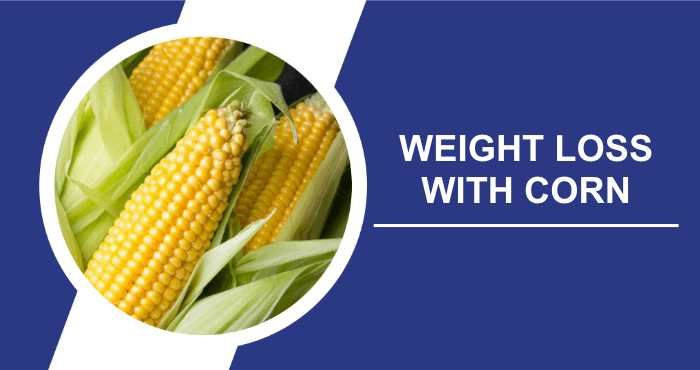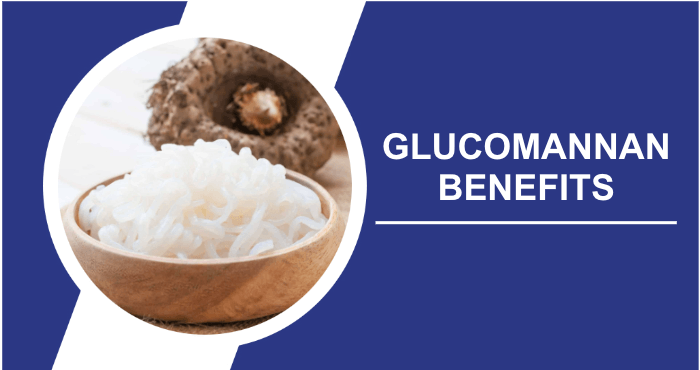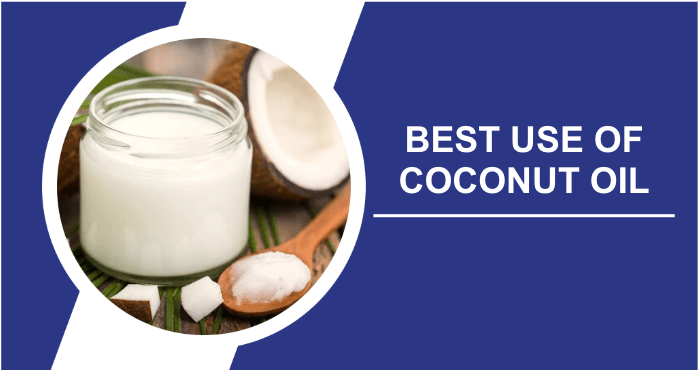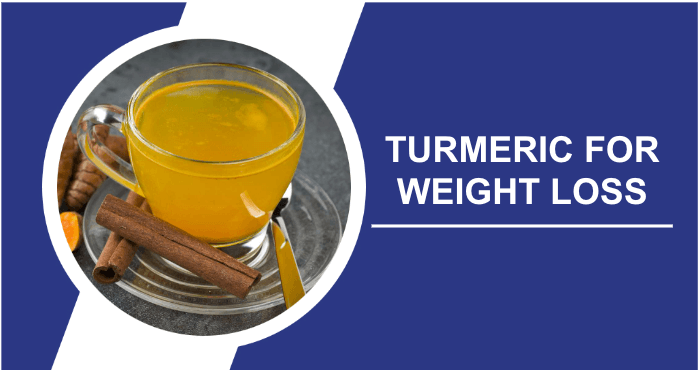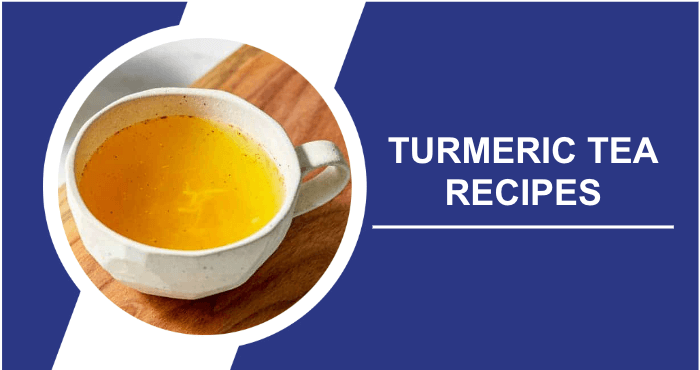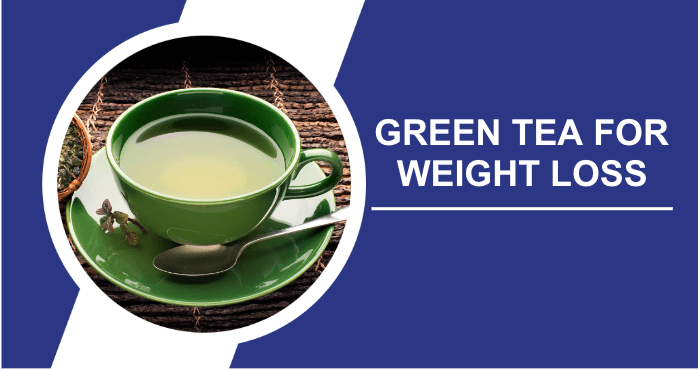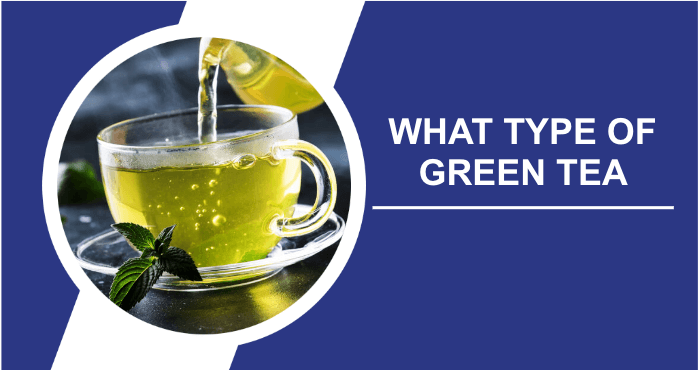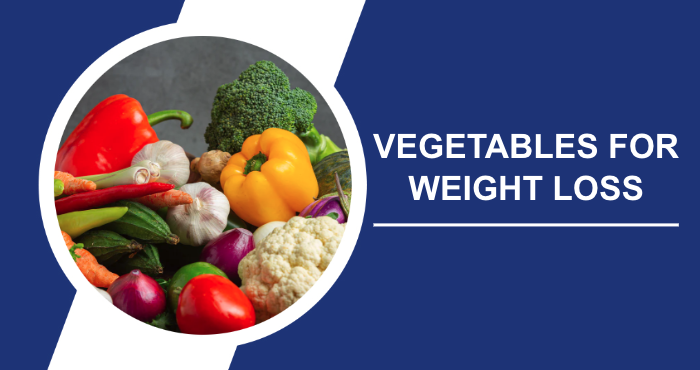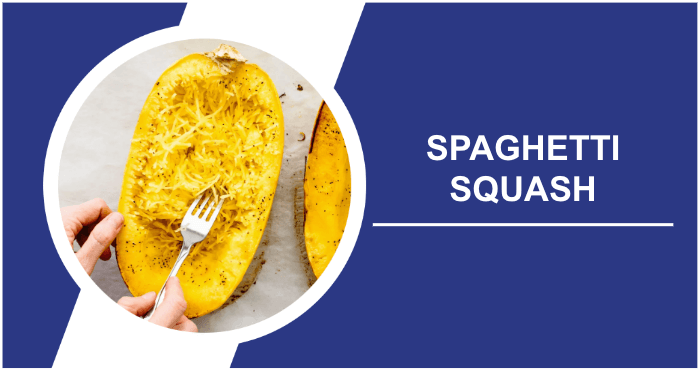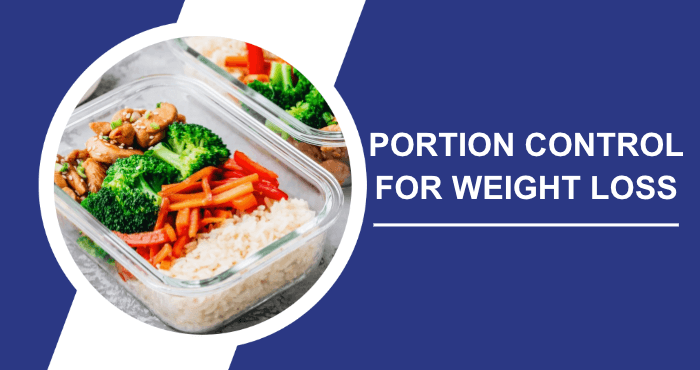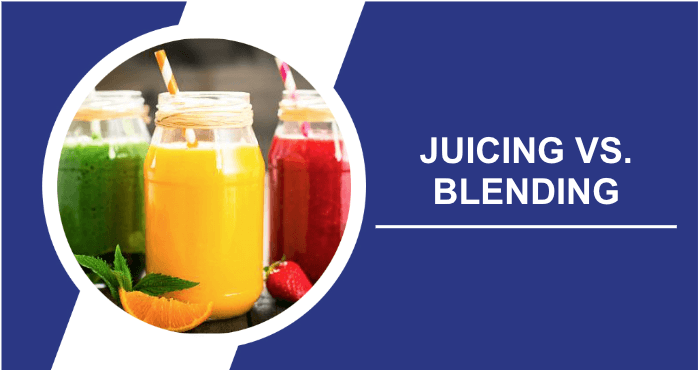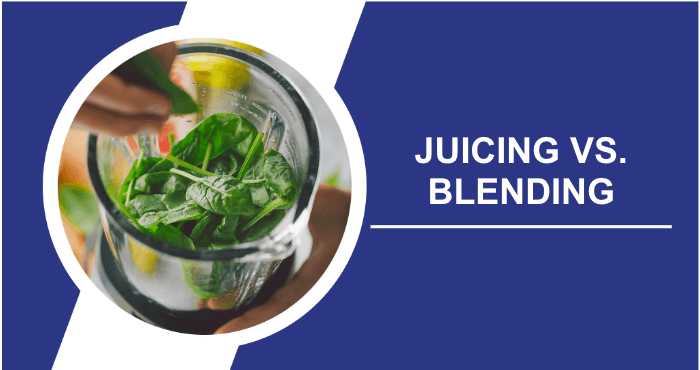Nutrition is not a matter of right or wrong. When discussing corn also known as maize the focus often revolves around its consumption. How it impacts our health. To approach this topic logically we must turn to studies that can help us answer the question; “Can corn aid in weight loss?”
Corn plays a role as a staple food in many countries. Furthermore it is widely used in dishes due to its natural gluten free properties making it an excellent choice for those seeking carbohydrate alternatives. Consuming corn provides us with carotenoids, compounds, vitamin E, antioxidant enzymes and essential minerals. All of which contribute significantly to our overall well being. These nutritional benefits make corn a suitable addition, to any weight loss regimen.
Is Corn Effective For Losing Weight? The nutrients found in corn can support weight loss by promoting digestion particularly in varieties that contain high levels of amylose. This helps regulate glucose and insulin levels in the body. Additionally corn can enhance insulin sensitivity provide a feeling of fullness and improve the metabolism of lipids.
It also plays a role in maintaining a weight supporting colon health and aiding in the absorption of essential minerals. Corn is considered low in calories and fat while being rich in fiber, carotenoids, phenolics, vitamins, magnesium and potassium. These nutritional components contribute to weight loss, like fruits and vegetables do.
What Are The Different Types Of Corn?
There are types of corn that serve various purposes. Sweet corn is commonly eaten as a vegetable while dent corn is primarily used for animal feed and products. Flint corn has an outer layer and is often utilized for decorative purposes. Popcorn is known for expanding when heated making it a popular snack option. Lastly flour corn is mainly used in baking. These different varieties of corn serve a range of uses both in the culinary world and various industries.
Can Corn Be Beneficial For Weight Loss?
Different types of corn have a composition that includes starch, non starch polysaccharides and protein. Researchers worldwide are particularly interested in varieties with levels of amylose and protein.
According to the study corn, with a high amylose content may have a lower glycemic index suggesting that it could help stabilize blood glucose levels. On the hand sweet corn contains less starch and amylose but has higher levels of free glucose, which gives it its sweetness and could potentially raise blood glucose levels. When consumed in controlled portions both fresh and cooked corn can be incorporated into a weight loss diet.
1. Dietary Fiber
As a plant based food source corn offers dietary fiber that supports human health. Including fiber in your diet can have several benefits. It not helps manage hunger but also stabilizes glucose levels. By increasing your fiber intake you can potentially lose weight. Lower the chances of developing chronic conditions, like diabetes, heart disease and certain types of cancer.
2. Low In Calories
Corn can be considered an option for those looking to watch their calorie intake. Popcorn, when eaten in controlled portions can be a snack for weight loss. Opting for low fat popcorn is an low calorie alternative to processed snacks.
Lets take the example of a serving of popcorn made with 2 tablespoons of corn kernels. Without adding any oil this portion contains around 110 calories, which’s reasonable for a snack. If you want to enhance the flavor you could consider adding 1 tablespoon of unsaturated oil (45 kcal).
If you have a craving, for carbohydrates but want to avoid consuming processed sugars sweet corn can satisfy your taste buds naturally. However it’s important to note that sweet corn can cause blood sugar levels to rise or spike. To minimize its effects it’s advisable to reduce the amount of corn consumed and incorporate nutritious nuts or dairy products into your diet to prevent sudden blood sugar spikes.
3. Magnesium
Our bodies require minerals to maintain overall metabolic health. Magnesium plays a role in energy production, DNA and RNA synthesis glucose metabolism and the maintenance of strong bones and muscles. Corn provides an amount of magnesium that can contribute to your dietary intake.
4. Low Fat
Corn is naturally a food with fat content, which is important for maintaining a healthy diet to reduce the risk of heart disease. If you have conditions such as fatty liver disease, high blood lipids or excess body weight it’s advisable to include low fat foods in your diet. Corn can be a choice as an energy source with low fat content.
5. Potassium
Potassium is an ion that promotes cardiovascular well being and helps regulate insulin production. In order to prevent cardiometabolic diseases it is important to incorporate foods into your diet that’re low in sodium but high, in potassium.
6. Vitamins
Corn contains vitamins like B1, B3, B9 and C. These B vitamins are crucial for energy utilization in the body. Vitamin C plays a role in boosting immune defenses and acting as an antioxidant. Therefore corn helps regulate energy usage while safeguarding the body against free radicals produced during metabolism.
What Are The Different Ways To Eat Corn?
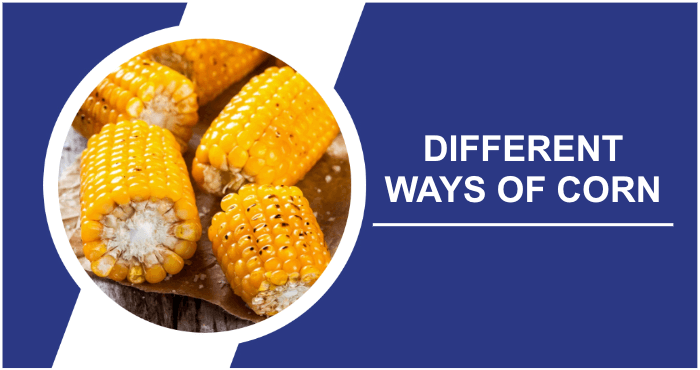
There are different ways to enjoy corn; you can boil or grill it on the cob steam it make popcorn out of it or bake it into cornbread. Its also commonly used as kernels in salads, soups and casseroles. Creamed corn is a side dish and cornmeal is often used to make polenta or grits. For dessert sweet corn ice cream showcases its versatility. Additionally corn can be fermented to create corn beer or distilled into spirits, like bourbon.
Nutritional Information
The nutritional information, for a cob of corn weighing approximately 105 grams is as follows (including % Daily Value);
- Energy; 90 calories
- Carbohydrates; 20 grams (7%)
- Dietary Fiber; 2.1 grams (8%)
- Protein; 3.4 grams (7%)
- Lipids; 1.4 grams (1%)
- Saturated Fat; 0.3 grams (2%)
- Salt; 15.75 milligrams (1%)
- Potassium; 283.5 milligrams (6%)
- Elemental Magnesium; 35.85 milligrams (9%)
- Vitamin B1 (Thiamin); 0.163 milligrams (14%)
- Vitamin B3 (Niacin); 1.85 milligrams (12%)
- Vitamin B9 (Folic Acid); 44.10 micrograms (11%)
- Vitamin C (ascorbate); 7.1 milligrams (8%)
Additional Health Benefits Of Consuming Corn
1. Antioxidant Properties
The antioxidant properties of corn have been confirmed due to the presence of anthocyanins a phenolic compound found in various colored vegetables and fruits. In the food industry corn is a cost source of anthocyanins that can be used as a natural coloring agent.
The levels of carotenoids in corn can vary from one kernel to another. These dietary carotenoids play a role in supporting the immune system. They also help reduce the impact of stress and free radicals thereby contributing to the prevention of age related diseases, like macular degeneration. Additionally there is a purple variety of corn (Zea mays L.) that contains high levels of phenolic compounds known for their anticancer properties.
2. Positive Effects On Metabolism
Research conducted in laboratories has demonstrated that regular consumption of corn can have a suppressing effect on enzymes associated with diabetes and hypertension such as α glucosidase, α amylase and angiotensin I converting enzyme (ACE). This can contribute to management of blood sugar levels and hypertension.
Corn varieties that contain levels of amylose promote digestive health by undergoing a slower breakdown process. Additionally their glycemic index implies that they are less likely to cause rapid spikes in blood sugar levels. As a result corn is considered a carbohydrate option, for individuals suffering from metabolic disorders or those who have gluten intolerance or celiac disease.
3. Beneficial For Enhancing Intake
Moreover corn is a crop that lends itself well to fortification with essential nutrients. It specifically targets mineral deficiencies such as iron and zinc making it an ideal candidate for biofortification strategies.
Modified quality protein maize (QPM) aims to fortify the protein content in corn particularly benefiting children at risk of malnutrition. This special variety of maize contains twice the amount of lysine and tryptophan amino acids compared to maize. This increased protein intake is crucial for the growth and well being of children in communities as well, as individuals following vegan or vegetarian diets who need adequate protein levels.
4. Suitable For Diets Focused On Preventing Heart Disease
Corn is an option for those following heart disease prevention diets due to its balanced sodium and potassium content as well as its lack of cholesterol. If you’re managing levels of blood lipids (cholesterol and/or triglycerides) or blood pressure incorporating corn into your regular diet can be beneficial.
Are There Any Scientific Studies?
Corn, a fiber food like oatmeal, has been suggested by several dietary studies to contribute to feelings of fullness and aid in weight management. A study published in the Journal of the American College of Nutrition indicates that incorporating grains like corn into a balanced diet may assist in weight control.
However it’s important to note that corn alone does not possess properties, for weight loss. Moderation and overall dietary habits are factors. Individual outcomes may differ based on the cooking methods used for corn and overall calorie intake.
How Can You Include Corn In Your Diet To Help With Weight Loss?
To incorporate corn into your weight loss journey you can start by analyzing its details. The key is to focus on how you consume it as there are ways to enjoy corns flavor and versatility.
Salads; Boost the taste of your salads by adding some corn kernels.
Main dishes; Try incorporating tender baby corn into your dishes or serve grilled corn as a delightful side dish alongside your main course.
Snacks; When hunger strikes opt for low fat popcorn. Just be mindful not to go with indulgence or add excessive fats, sweeteners or toppings.
Bread; Corn can be an alternative for those avoiding gluten. For instance individuals, with disease can opt for healthy and gluten free bread made from cornmeal.
Is Corn Healthy?
The health implications of consuming corn are widely debated. It’s worth noting that many products derived from corn like fructose corn syrup or processed corn based foods such as cereals and snacks may have negative effects on health and potentially contribute to various diseases.
That said there are factors to consider regarding genetic modification in corn. Genetic modification serves purposes, including improving stability and shelf life enhancing nutritional value deterring harmful pests and microbes and increasing production to meet the needs of a growing population.
However since genetic modification is a recent development further research is necessary to fully understand its impact on health. It’s crucial to acknowledge the demand for sustainable affordable food options that can support the well being of countless individuals. If you have concerns about the aspects surrounding genetic modification in food production it’s advisable to stay informed, about scientific advancements and emerging research.
Are There Any Negative Effects Of Eating Corn?
Consuming corn is generally considered to be beneficial for our health although it may have effects on certain individuals. Being a vegetable excessive consumption of corn can potentially contribute to weight gain. It’s worth noting that corn contains sugars and carbohydrates that have the potential to elevate blood sugar levels, which may be a concern for individuals managing diabetes.
Moreover there are concerns regarding the health and environmental implications of modified (GMO) or pesticide treated corn available in the market. Additionally it’s important to acknowledge that corn is known to cause reactions in some people with sensitivities. Lastly cellulose present in corn can pose difficulties, in digestion for individuals.
Frequently Asked Questions
Can eating corn help me lose weight?
Including corn in your diet in moderation can be beneficial for weight loss. Corn is a grain that offers essential nutrients and is relatively rich in fiber, which promotes satiety and helps you feel fuller for longer periods. However it’s important to exercise portion control since corn contains an amount of calories compared to non starchy vegetables.
Is corn considered high in calories?
Corn has a higher calorie content compared to many vegetables with an average sized ear containing approximately 77 calories. Although its not excessively high in calories consuming quantities without considering your overall caloric intake can contribute to an excess of calories.
Does corn possess nutrients that support weight loss efforts?
Absolutely! Corn contains fiber, which aids digestion and helps maintain a feeling of fullness potentially reducing the amount of calories consumed. Additionally it provides B vitamins, magnesium and antioxidants that contribute to health—an important aspect for sustaining an active lifestyle during weight loss.
How should I prepare corn to align with my weight loss goals?
To support your weight loss goals while preparing corn opt for cooking methods like boiling, grilling or steaming. Avoid adding high calorie ingredients such, as butter, cheese or creamy sauces. Keeping it simple will help maintain its value while minimizing unnecessary calorie intake.
Can I eat popcorn if I am trying to lose weight?
Yes you can enjoy popcorn while trying to lose weight. Opt for air popped popcorn seasoned with herbs and spices of relying on salt or sugar. This choice will make it a healthier option as it has high fiber content and low calorie density. However remember to be mindful of portion sizes and avoid adding butter or sugary toppings that can transform this snack into a high calorie treat.
Conclusion
It’s essential not to be too strict with your eating habits. Its a good idea to follow some nutritional guidelines. Adding corn to your diet in moderation can be helpful for managing weight because it has fat and calorie content is plant based and contains a good amount of fiber. The nutritional value of corn depends on the type you choose.
Opt for corn varieties that’re high in starch (amylose) or have a high phenolic content (like purple corn) as they offer better nutritional benefits compared to sweet corn. Its well known that consuming high fructose corn syrup commonly found in processed foods can have negative effects, on health; therefore it should be avoided in any healthy eating plan.
Sources
- Messias, R. da S., Galli, V., Silva, S.D.D.A.E., Schirmer, M.A., & Rombaldi, C.V. (2014). Micronutrient and Functional Compounds Biofortification of Maize Grains. Critical Reviews in Food Science and Nutrition, 55(1), pp.123–139. Link
- Ai, Y. & Jane, J. (2016). Macronutrients in Corn and Human Nutrition. Comprehensive Reviews in Food Science and Food Safety, 15(3), pp.581–598. Link
- Volpe, S.L. (2013). Magnesium in Disease Prevention and Overall Health. Advances in Nutrition, 4(3), pp.378S–383S. Link
- Weaver, C.M. (2013). Potassium and Health. Advances in Nutrition, 4(3), pp.368S–377S. Link
- Lattimer, J.M. & Haub, M.D. (2010). Effects of Dietary Fiber and Its Components on Metabolic Health. Nutrients, 2(12), pp.1266–1289. Link
- Kwon, Y.J., Apostolidis, E., Kim, Y. & Shetty, K.J. (2007). Health Benefits of Traditional Corn, Beans, and Pumpkin: In Vitro Studies for Hyperglycemia and Hypertension Management. Journal of Medicinal Food, 10(2), pp.266–275. Link
- ACS Publications. (2017). Survey of Anthocyanin Composition and Concentration in Diverse Maize Germplasms. Journal of Agricultural and Food Chemistry. Link
- Sun, X., Ma, L., Lux, P.E., Wang, X., Stuetz, W., Frank, J., & Liang, J. (2022). The distribution of phosphorus, carotenoids and tocochromanols in grains of four Chinese maize (Zea mays L.) varieties. Food Chemistry, 367, p.130725. Link
- Xavier, A.A.O. & Pérez-Gálvez, A. (2016). Carotenoids as a Source of Antioxidants in the Diet. Subcellular Biochemistry, pp.359–375. Link
- Tan, B.L. & Norhaizan, M.E. (2019). Carotenoids: How Effective Are They to Prevent Age-Related Diseases? Molecules, 24(9), p.1801. Link
- Mozaffarieh, M., Sacu, S., & Wedrich, A. (2003). The role of the carotenoids, lutein and zeaxanthin, in protecting against age-related macular degeneration: A review based on controversial evidence. Nutrition Journal, 2(1). Link
- Lao, F., Sigurdson, G.T., & Giusti, M.M. (2017). Health Benefits of Purple Corn (Zea mays L.) Phenolic Compounds. Comprehensive Reviews in Food Science and Food Safety, 16(2), pp.234–246. Link
- Fu, J., Liu, Y., Zhang, L., Zhou, L., Li, D., Quan, H., Zhu, L., Hu, F., Li, X., Meng, S., Yan, R., Zhao, S., Onwuka, J.U., & Zhao, G. (2020). Quantitative proteomics reveals the regulatory networks of circular RNA CDR1as in Hepatocellular Carcinoma Cells. Journal of Proteome Research, 19(10), pp.4232–4241. Link
